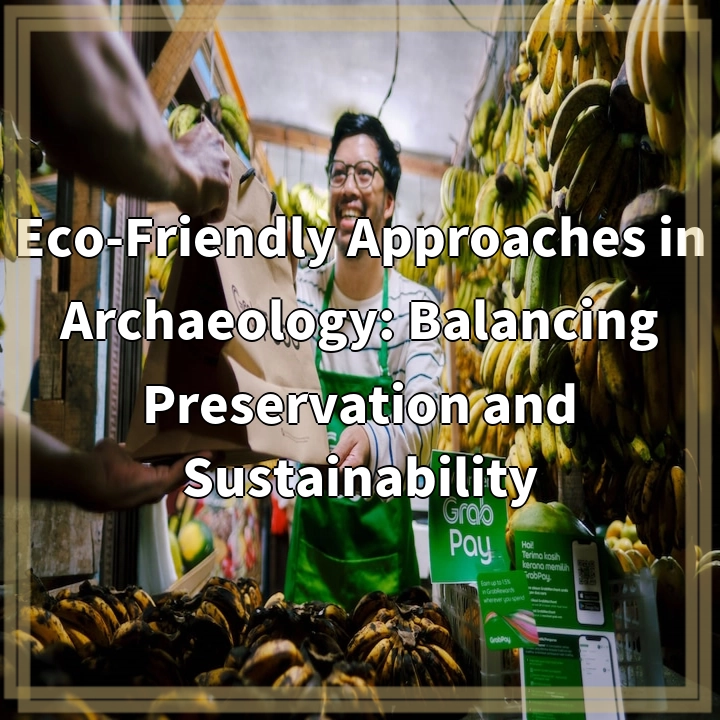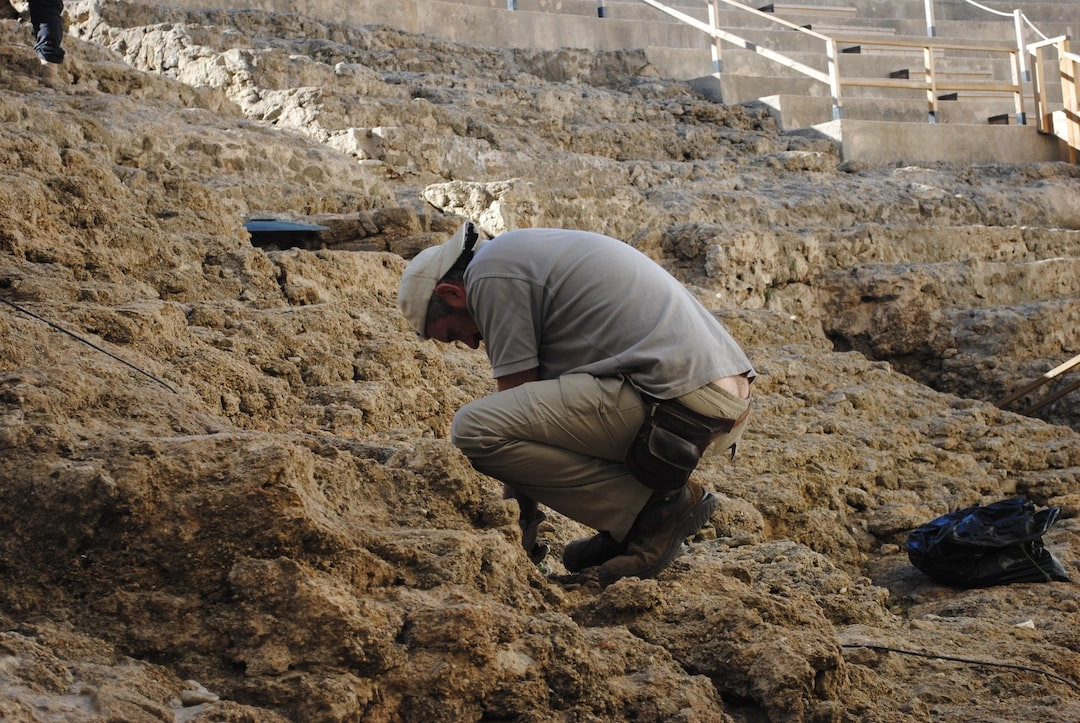
What is Eco-Friendly Approaches in Archaeology?
Eco-friendly approaches in archaeology involve employing sustainable and environmentally conscious practices throughout the various stages of archaeological research, excavation, and preservation. These approaches aim to minimize the negative impact that archaeological activities can have on the environment and promote the preservation of cultural heritage while considering ecological sustainability.
Real-World Problems Associated with Eco-Friendly Approaches in Archaeology
1. Balancing Conservation and Construction
One of the challenges in eco-friendly archaeology is finding a balance between preserving archaeological sites and conducting necessary construction projects. When new infrastructure development or urban expansion occurs, often archaeological sites are threatened or even destroyed. Finding ways to minimize damage while still allowing progress poses a significant challenge.
2. Minimizing Environmental Impact
Archaeological excavations, by nature, involve the disturbance of the natural environment. The use of heavy machinery, excavation tools, and soil removal can result in habitat destruction, soil erosion, and the release of pollutants. Finding ways to minimize these environmental impacts is crucial to maintain ecological balance.
3. Sustainable Preservation Methods
Preserving archaeological materials and sites often requires the use of various chemicals, preservatives, and storage practices. However, many traditional preservation methods are not environmentally friendly and may contribute to pollution and degradation. Developing sustainable preservation techniques that do not harm the environment is a pressing issue in eco-friendly archaeology.
4. Climate Change and Site Vulnerability
Climate change poses a significant threat to archaeological sites, especially those located in coastal areas or regions prone to extreme weather events. Rising sea levels, increased erosion, and more frequent storms can damage or completely destroy vulnerable sites. Finding ways to adapt to these changing conditions and protect valuable archaeological resources is essential.
5. Local Community Involvement
Eco-friendly approaches in archaeology require active engagement and collaboration with local communities. It is important to include the perspectives and knowledge of local inhabitants who may have valuable insights into sustainable practices or cultural heritage preservation. Building strong partnerships with communities can help address environmental challenges more effectively.

Solutions for Eco-Friendly Approaches in Archaeology
1. Integrated Planning and Collaboration
By integrating archaeological concerns into the initial stages of urban planning and development projects, it becomes possible to identify and protect significant sites. Collaboration among archaeologists, engineers, and planners can help strike a balance between preservation and progress, ensuring archaeological sites are safeguarded.
2. Adopting Sustainable Excavation Practices
Implementing sustainable excavation techniques, such as minimizing the use of heavy machinery, employing manual excavation methods, and adopting bio-friendly materials, can help reduce the environmental impact. This approach allows for the preservation of delicate ecosystems surrounding archaeological sites and minimizes soil erosion.
3. Utilizing Environmentally Friendly Preservation Methods
Exploring alternative preservation techniques that are environmentally friendly, such as using organic and biodegradable materials, can help minimize pollution and degradation. This includes the development of non-toxic chemical preservation solutions and utilizing sustainable storage practices to reduce the carbon footprint of archaeological research.
4. Climate Change Adaptation and Mitigation
Implementing strategies to mitigate the impact of climate change on archaeological sites can involve measures like relocating vulnerable artifacts, constructing physical barriers to mitigate erosion, or implementing proper documentation and recording techniques to preserve the knowledge of threatened sites. Additionally, raising awareness about the need to address climate change and its impact on cultural heritage is crucial.
5. Community Engagement and Education
Involving local communities in archaeological projects through community-based archaeology programs, education, and awareness initiatives can help foster a sense of ownership and responsibility over cultural heritage. This collaboration allows for the sharing of traditional knowledge, sustainable practices, and the development of cooperative approaches to environmental preservation.















